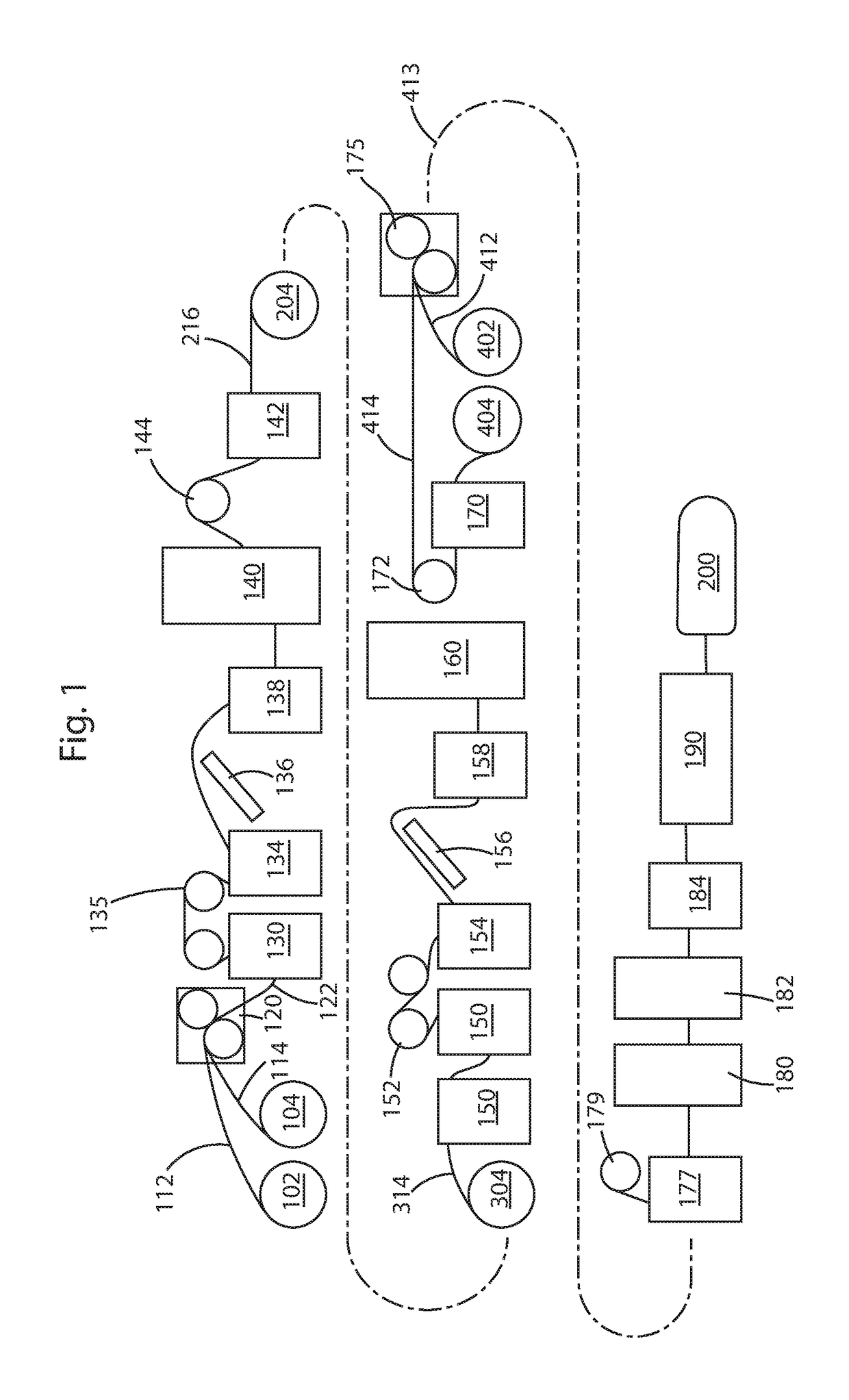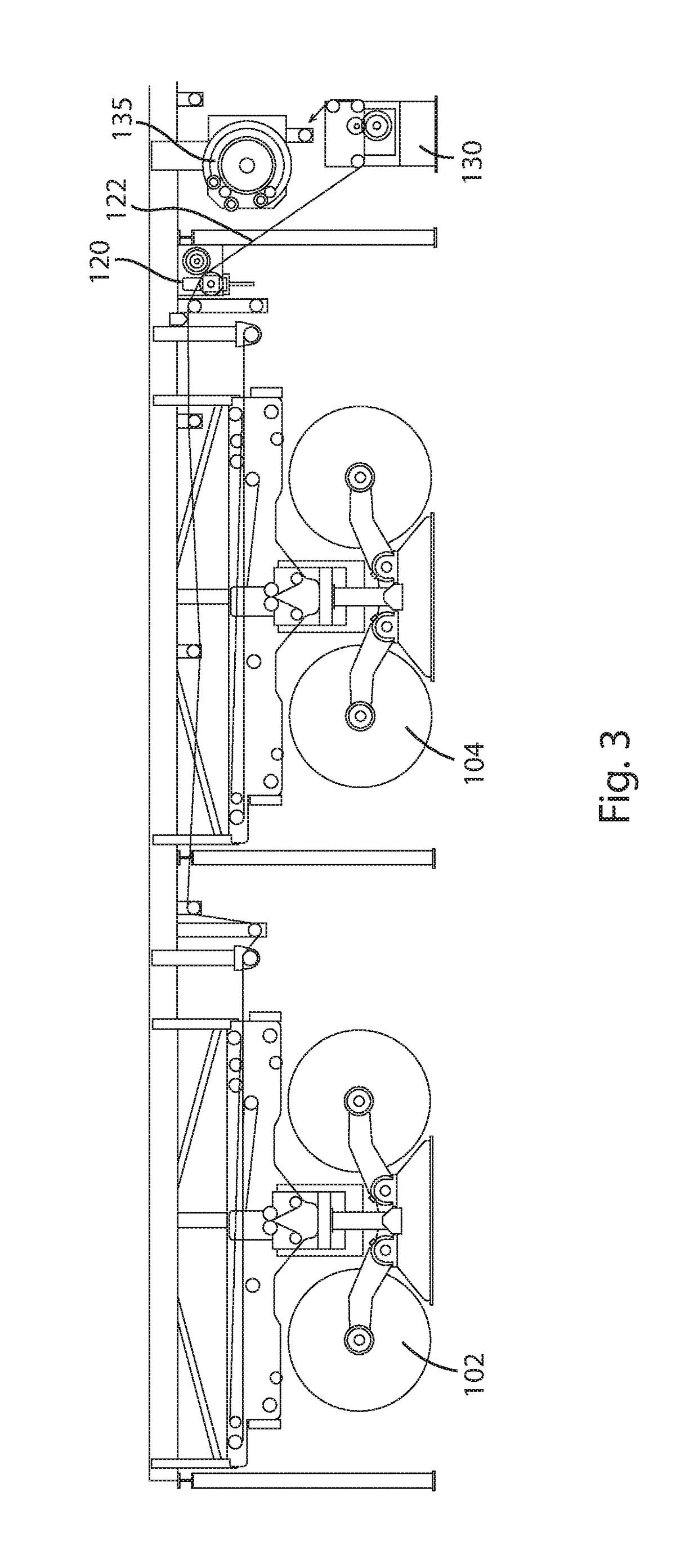Laminated moisture resistant poultry box and process
a poultry box and moisture-resistant technology, applied in the field of moisture-resistant and water-proof paper products, can solve the problems of severe operation and maintenance problems, the paper and paperboard to which these traditional materials are applied is difficult and often impossible to recycle in the standard paper mill process, and the coating and impregnated products made from or based on paraffin waxes and/or similar petroleum derivatives cannot be re-pulled for recycling, etc., to achieve easy re-pulling and recycling, the effect of increasing
- Summary
- Abstract
- Description
- Claims
- Application Information
AI Technical Summary
Benefits of technology
Problems solved by technology
Method used
Image
Examples
Embodiment Construction
[0042]The preferred embodiments and best mode of the invention are shown in FIGS. 1 through 8. While the invention is described in connection with certain preferred embodiments, it is not intended that the present invention be so limited. On the contrary, it is intended to cover all alternatives, modifications, and equivalent arrangements as may be included within the spirit and scope of the invention as defined by the appended claims.
I. Definitions
[0043]As used herein the following abbreviations and terms are understood to have the meanings as set forth:
[0044]The term “Hydrogenated Triglyceride” includes both animal fats and vegetable oils and is derived from one or a mixture of the animal fats and / or vegetable oils. Animal fats include beef tallow, pork lard, poultry grease and fish oils. Vegetable oils include soybean oil, peanut oil, olive oil, palm oil, coconut oil and cottonseed oil.
[0045]The term “Paper” includes substrates and surfaces of cellulosic material.
[0046]The term “...
PUM
| Property | Measurement | Unit |
|---|---|---|
| thickness | aaaaa | aaaaa |
| thickness | aaaaa | aaaaa |
| temperature | aaaaa | aaaaa |
Abstract
Description
Claims
Application Information
 Login to View More
Login to View More - R&D
- Intellectual Property
- Life Sciences
- Materials
- Tech Scout
- Unparalleled Data Quality
- Higher Quality Content
- 60% Fewer Hallucinations
Browse by: Latest US Patents, China's latest patents, Technical Efficacy Thesaurus, Application Domain, Technology Topic, Popular Technical Reports.
© 2025 PatSnap. All rights reserved.Legal|Privacy policy|Modern Slavery Act Transparency Statement|Sitemap|About US| Contact US: help@patsnap.com



